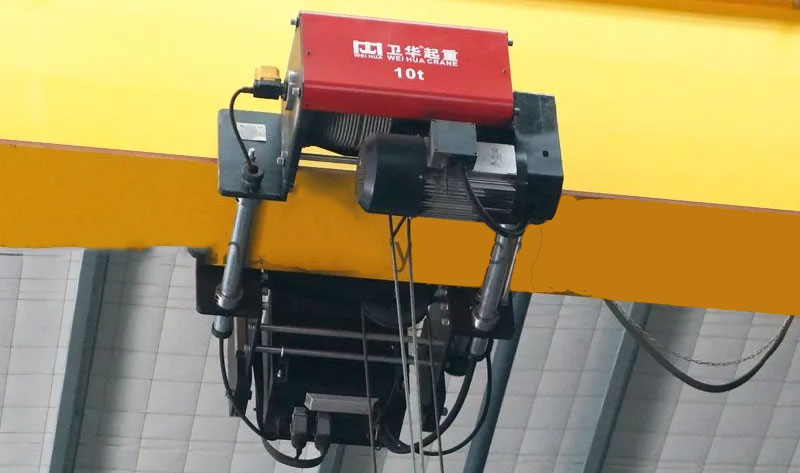该清单将帮助您遵守 OSHA 标准 (主要是 1910.179) 和, 更重要的是, 确保工作场所安全.
为什么定期检查起重机是不可协商的
在我们深入了解清单之前, 记住: 高架起重设备的故障可能导致灾难性伤害, 财产损失, 以及代价高昂的停机时间. OSHA 规定三个级别的检查:
- 1. 日常/使用前检查: 操作员在每班开始时进行目视检查.
- 2. 经常检查: 每月进行一次或按照制造商指南进行 (通常基于使用情况), 由指定的主管人员.
- 3. 定期检查: 每年或每半年进行一次, 由经过认证的检验员.

终极电动葫芦检查清单
使用此综合清单来指导您的检查. 请务必参阅葫芦制造商手册以了解具体要求.
使用前 / 日常目视检查 (由运营商)
- 1. 工作区: 检查是否清晰, 道路畅通无阻,照明充足.
- 2. 控制: 测试所有功能 (向上, 向下, 左边, 正确的) 在悬吊控制站上. 确保按钮清晰标记并正常工作而不会粘连.
- 3. 钢丝绳/链条:
- (钢丝绳) 寻找扭结, 鸟笼, 腐蚀, 断线, 或明显磨损.
- (链) 寻找伸展运动, 扭转, 裂缝, 凿痕, 或链节过度磨损.
- 4. 钩: 检查变形情况, 裂缝, 或喉咙开口. 确保安全闩锁存在, 没有损坏, 并正常运行 (弹回原位).
- 5. 负载块: 检查是否有裂纹, 形变, 或其他损坏.
- 6. 限位开关: 通过抬起吊钩块来激活上限开关,对上限开关进行功能测试 (确保它自动停止).
- 7. 一般条件: 寻找明显的损坏迹象, 泄漏 (油, 润滑脂), 或葫芦本体上的零件松动/缺失.
行动: 如果发现任何缺陷, 立即停止使用葫芦并向主管报告. 贴上“请勿操作”标签.
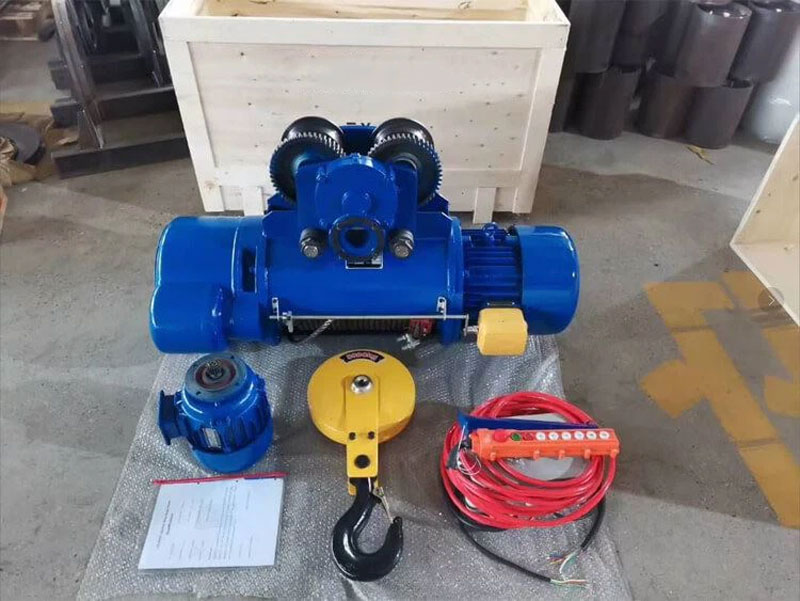
经常 / 每月检查 (由合资格人士提供)
包括日常检查的所有项目, 加:
- 1. 螺栓, 坚果, 铆钉: 检查是否有松动或剪切.
- 2. 刹车: 通过将轻负载提升一小段距离并检查是否有漂移或蠕变来测试保持制动器.
- 3. 电气元件: 寻找过热迹象, 接线损坏, 或连接器腐蚀. 检查吊坠上的电线是否磨损.
- 4. 拖拉 / 安装: 确保葫芦牢固地安装在其手推车或横梁上,并且所有硬件均紧固.
- 5. 旋梭旋转: 检查挂钩是否可以自由旋转.
- 6. 标签: 验证所有警告和容量标签是否清晰且存在.
定期 / 年检 (由经过认证的检验员)
包括频繁检查中的所有项目, 加:
- 1. 负载测试: 执行正式的负载测试 125% 额定容量 (除非存在记录的测试) 验证结构完整性和制动性能.
- 2. 拆卸: 打开齿轮盖检查齿轮是否磨损, 点蚀, 或错位.
- 3. 内部制动器: 检查制动部件是否磨损, 适当调整, 和污染.
- 4. 电气系统: 彻底检查接触器, 继电器, 和过载保护以确保正常运行.
- 5. 磨损件: 测量钩喉开口和绳索/链条直径,以与制造商的废弃规格进行比较.
- 6. 文档: 将所有发现结果记录在检查日志中. 这是 OSHA 的一项关键要求.

文档: 您的合规证明
OSHA 要求您保存定期检查记录. 您的日志必须包括:
-
1. 检查日期
-
2. 检查员姓名和签名
-
3. 起重机的序列号或标识符
-
4. 发现的任何缺陷和采取的纠正措施的记录
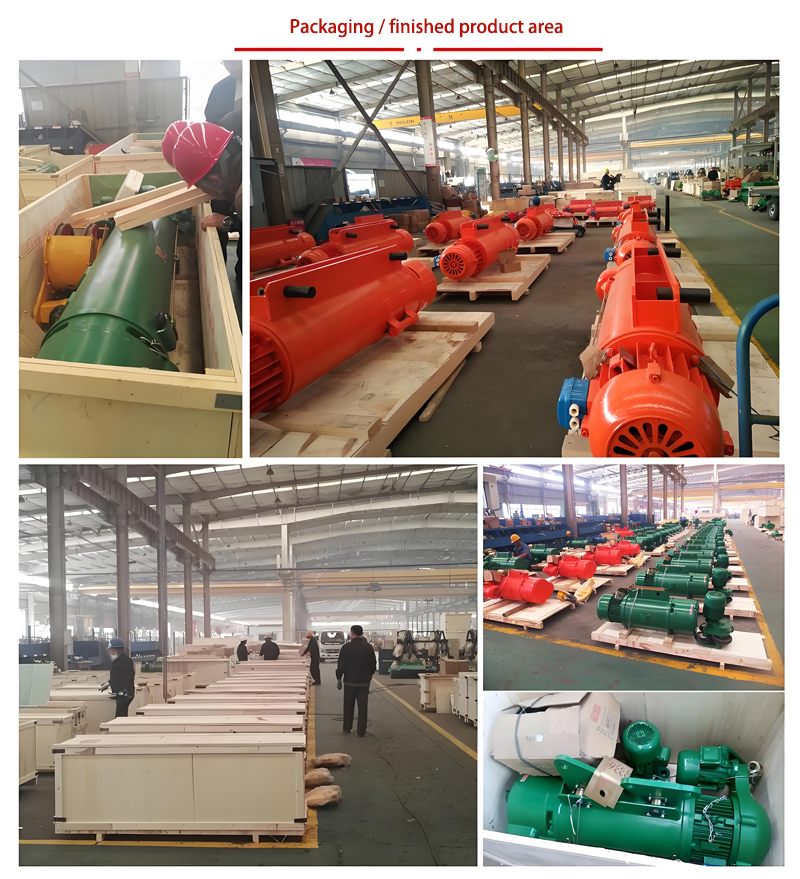
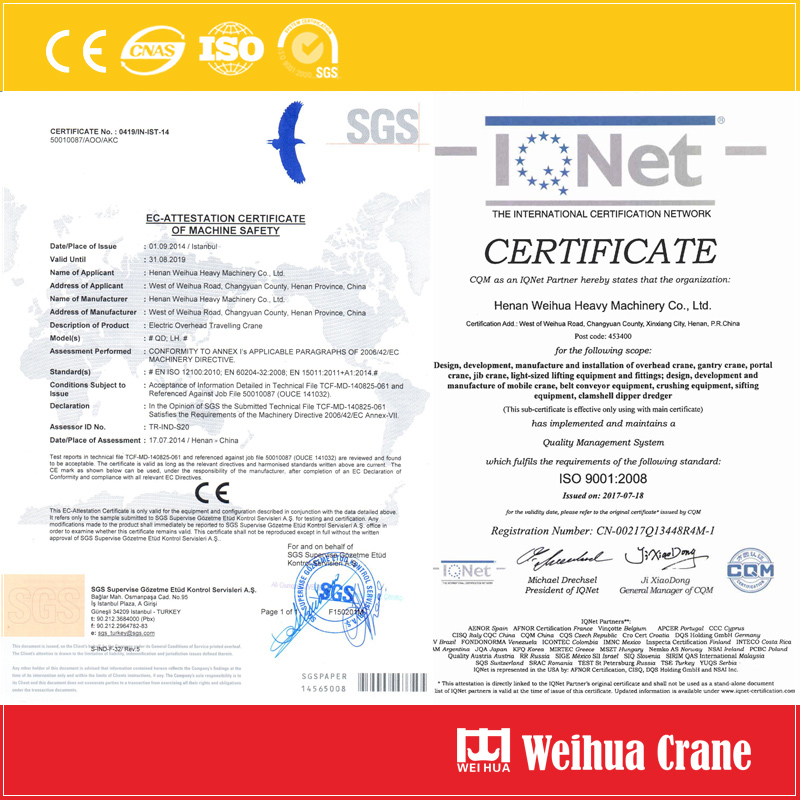
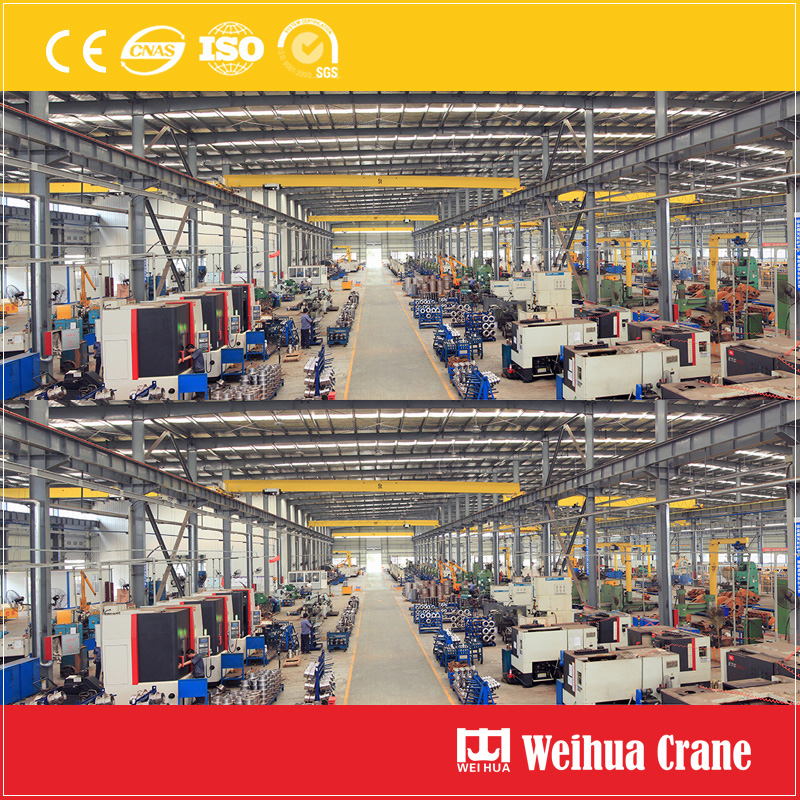
只有一致且正确地使用检查表才有效. 如果出现问题,允许操作员停止工作. 投资培训以确保每个人都了解这些规则背后的“原因”.
免责声明: 此清单是一般指南. 始终优先考虑起重机制造商概述的具体检查程序和最新的 OSHA 法规. 当有疑问时, 咨询合格的起重机检查员或维修专业人员.
